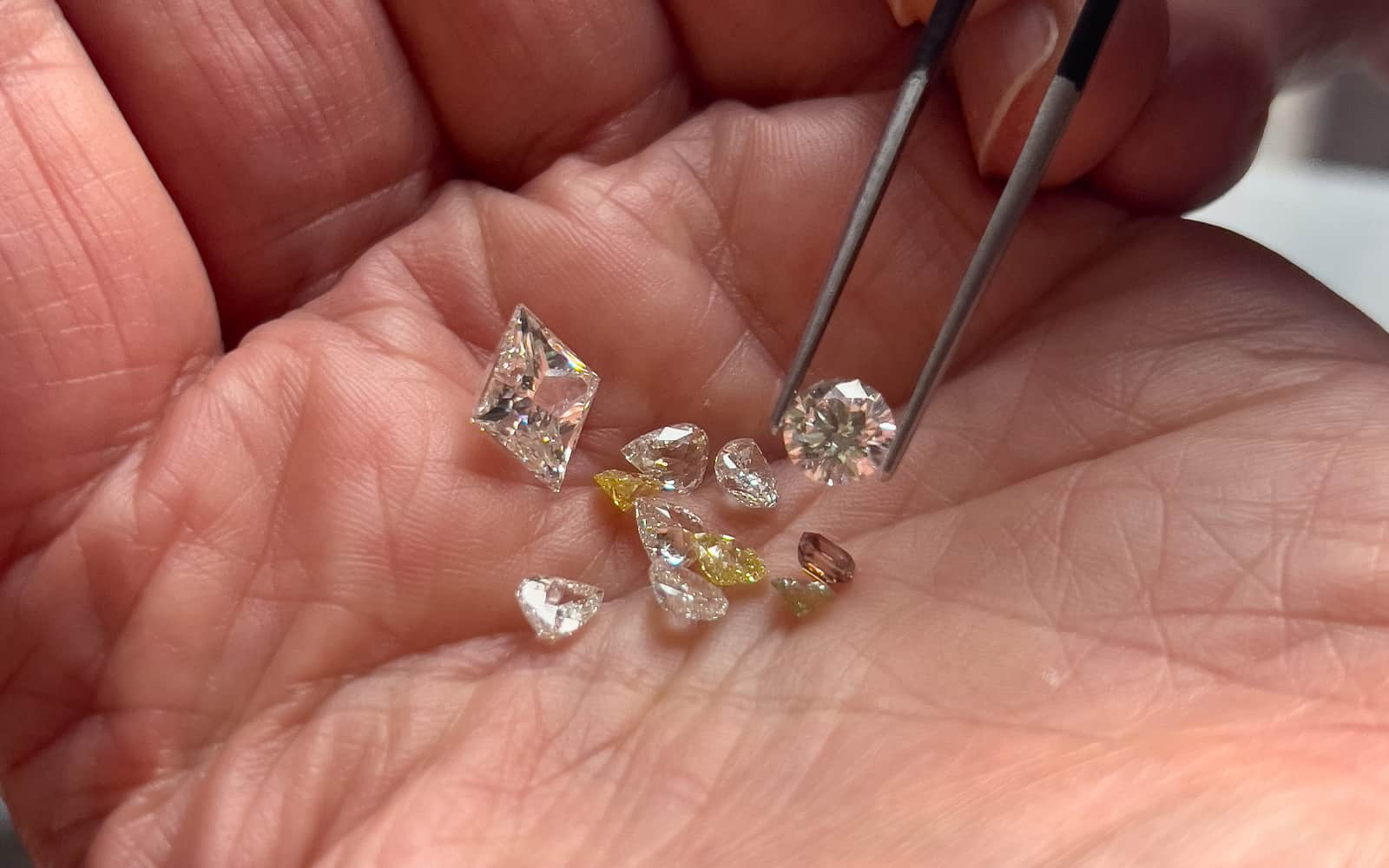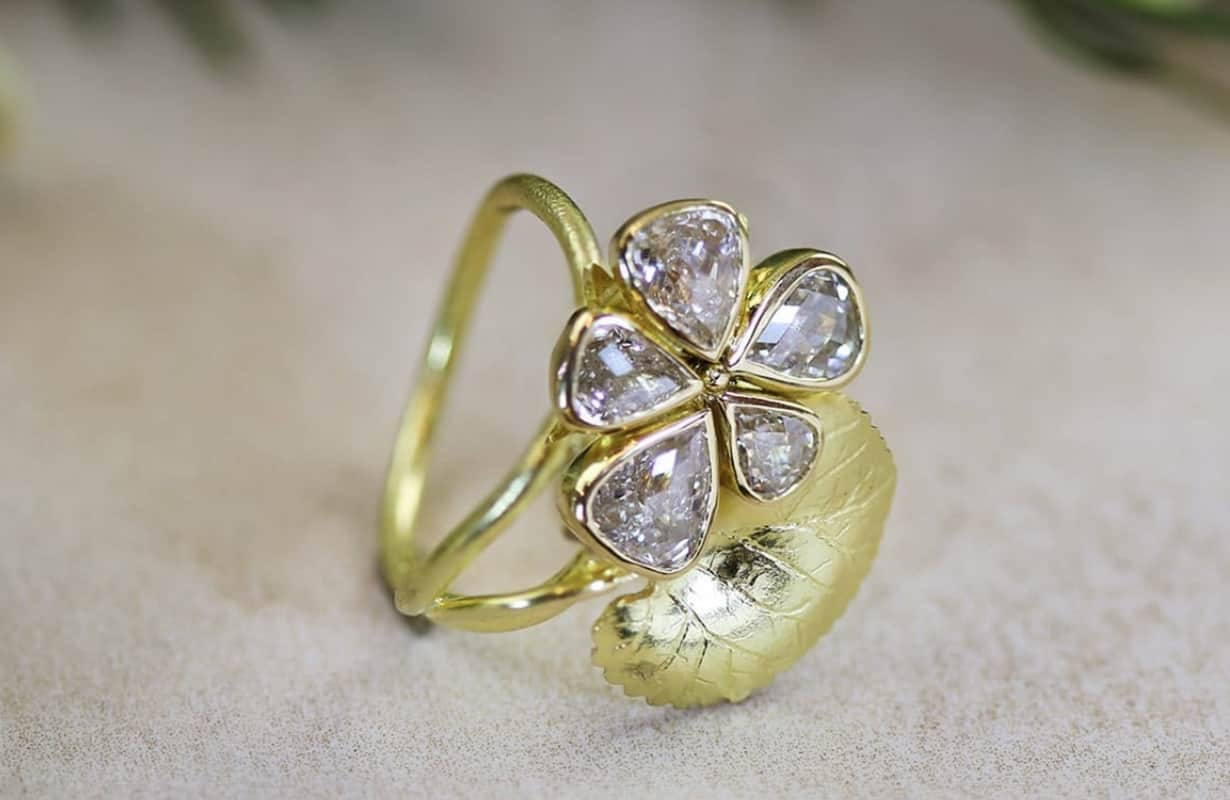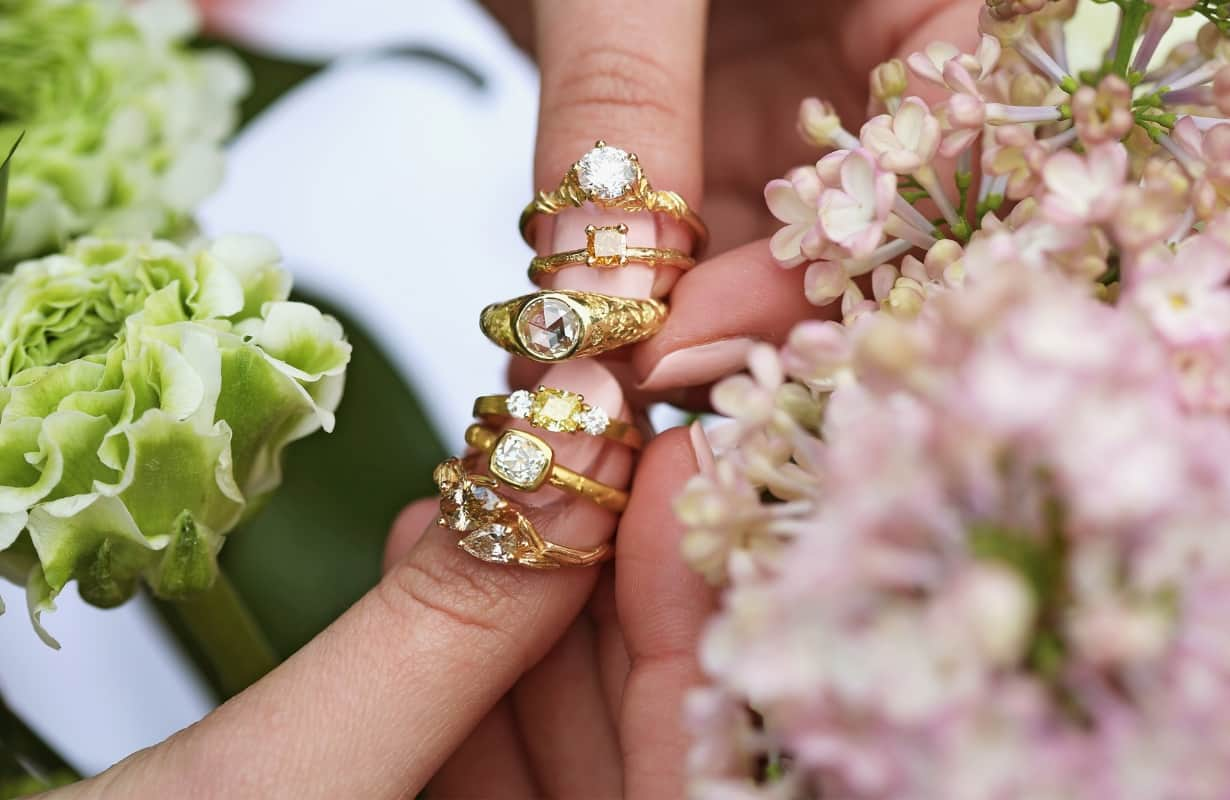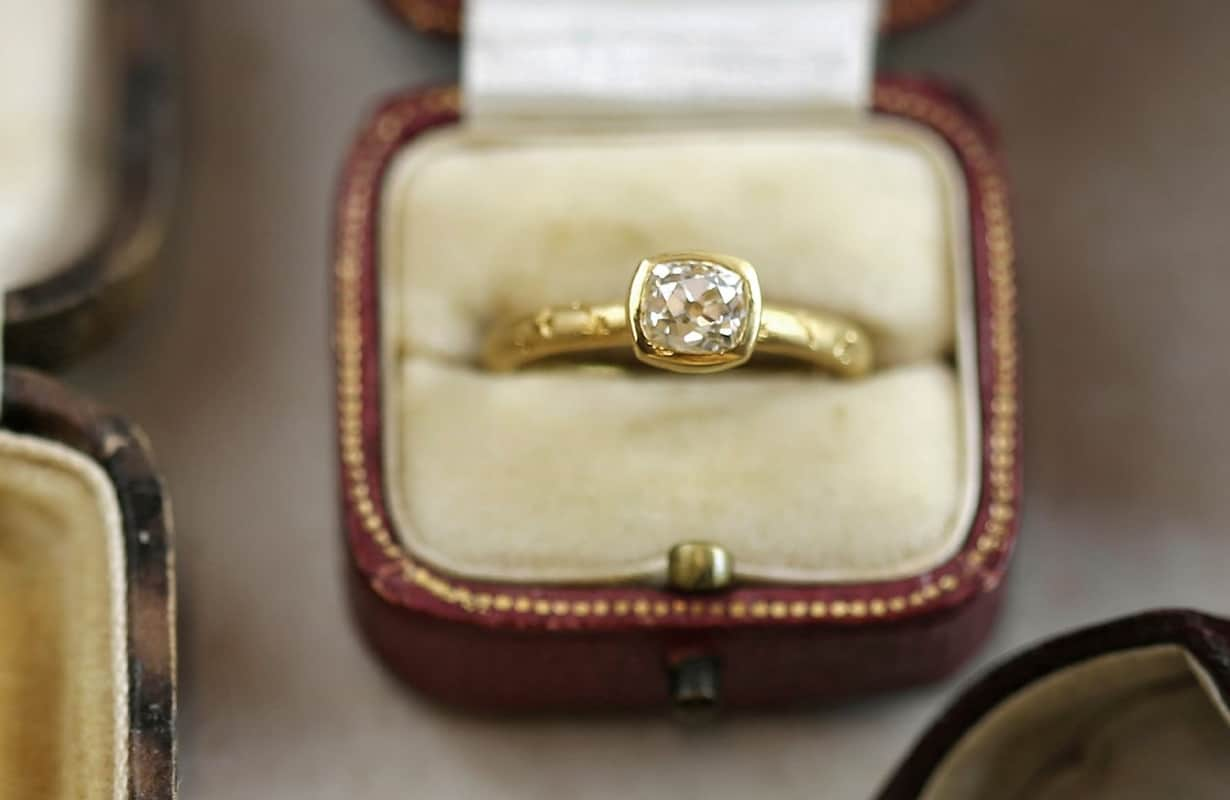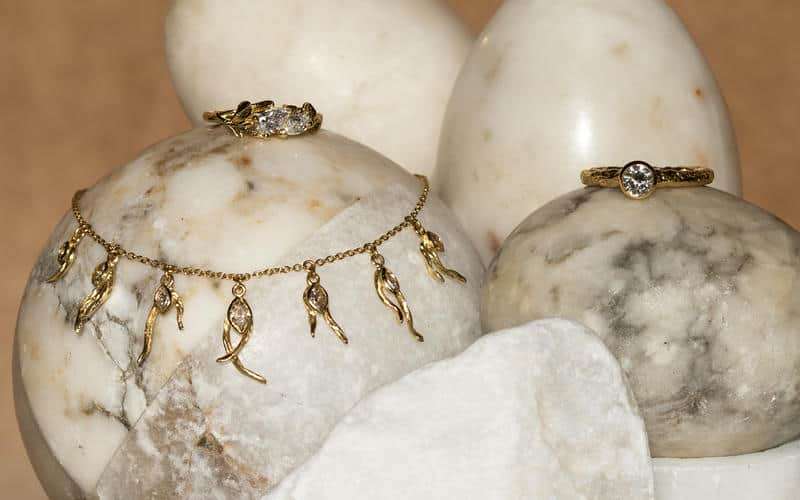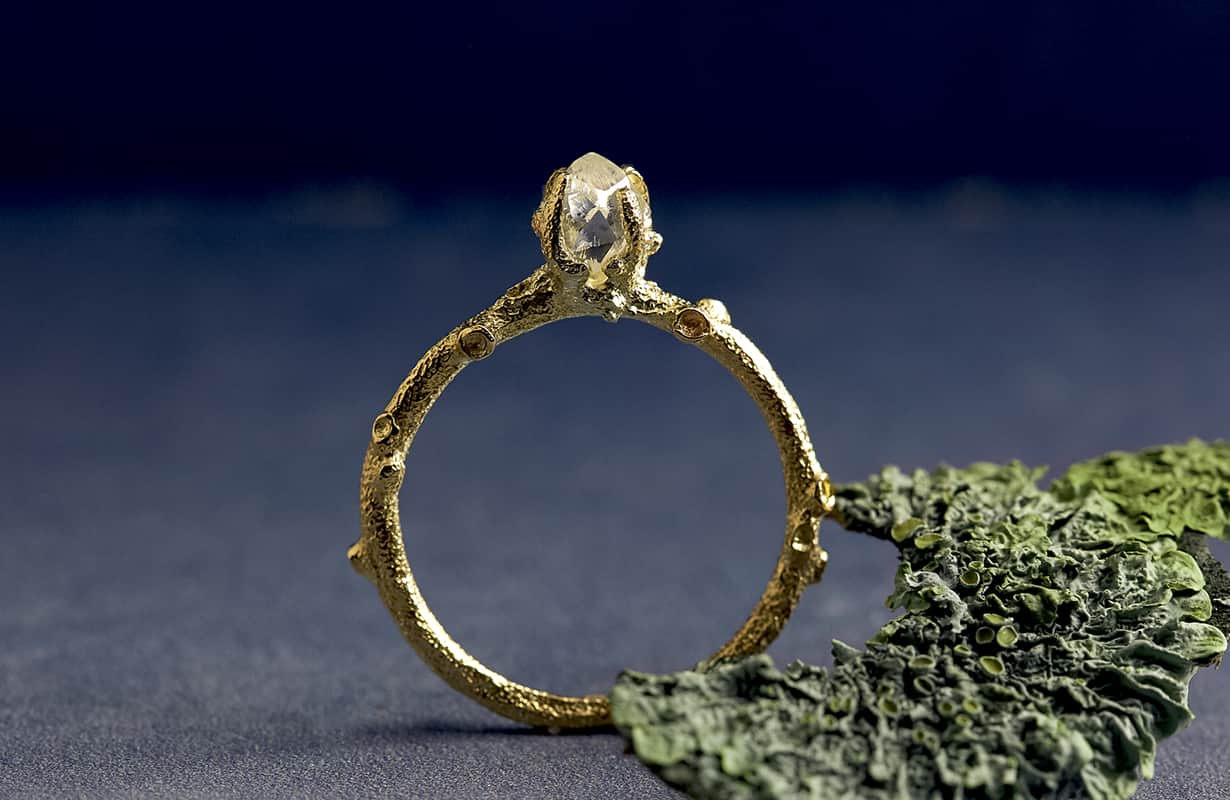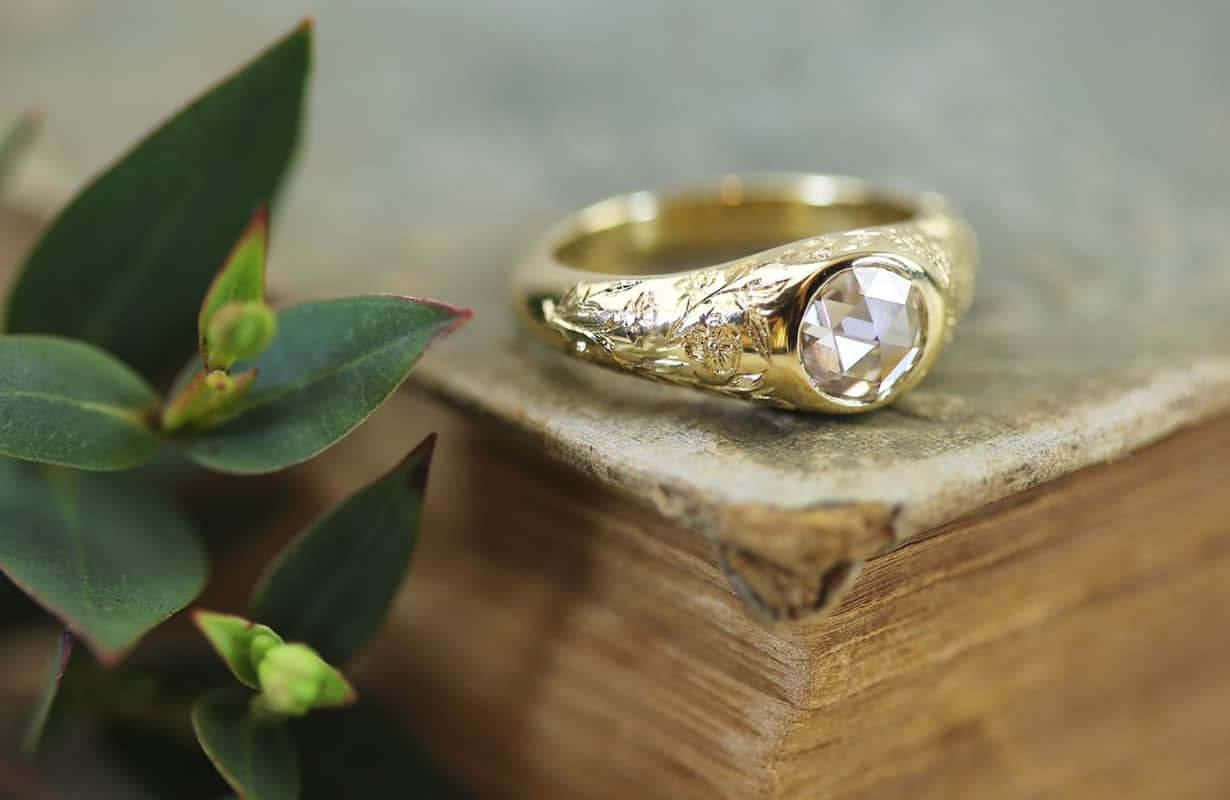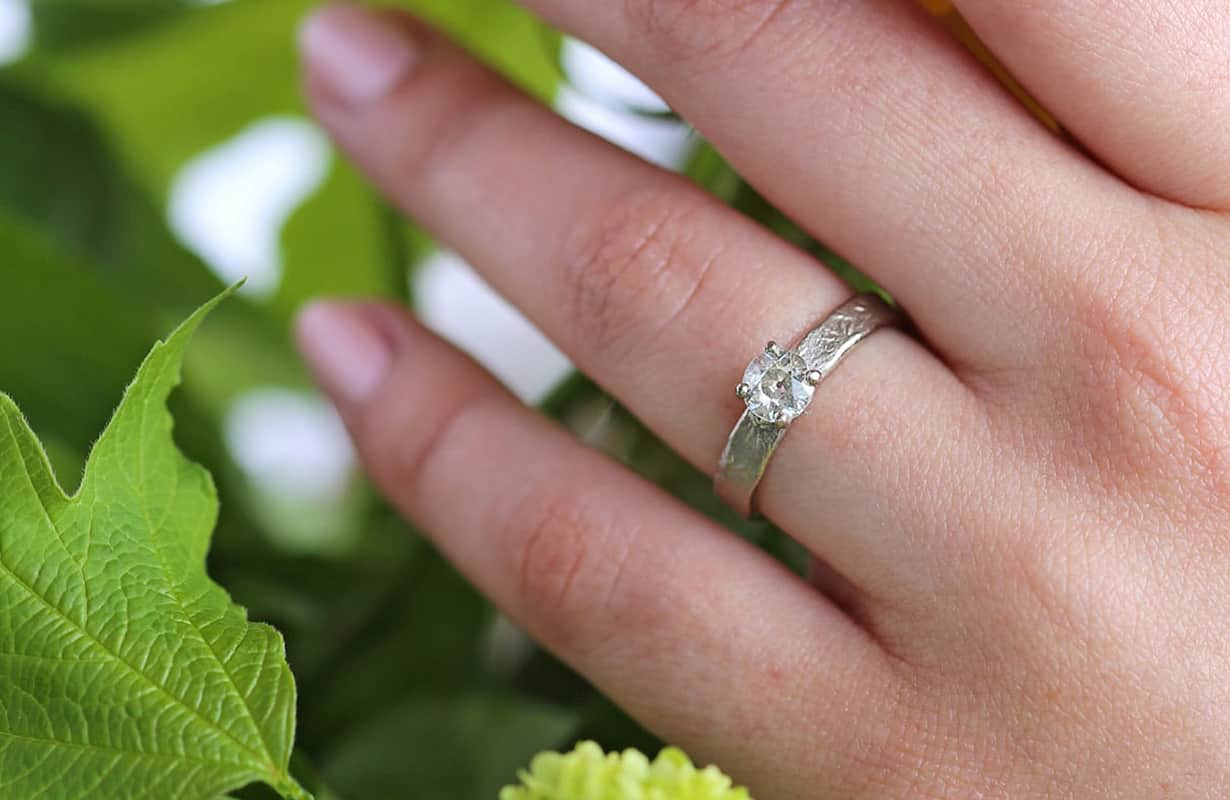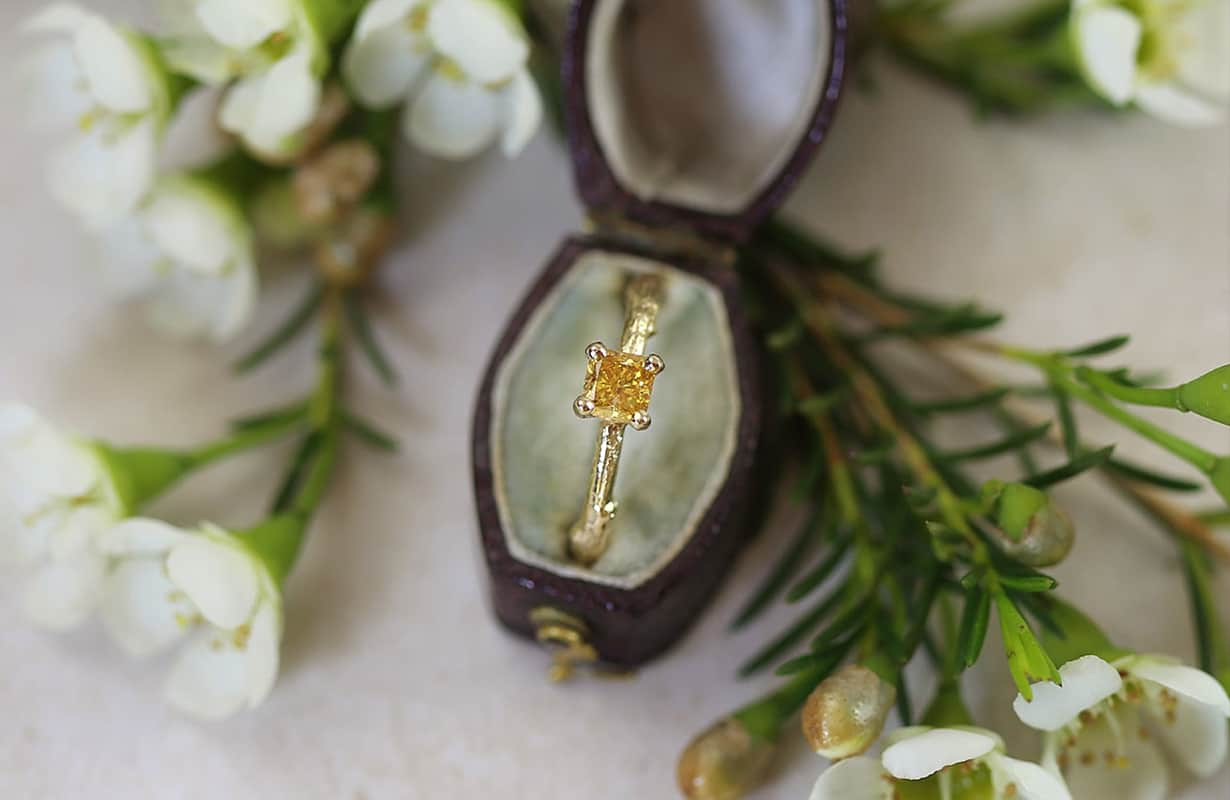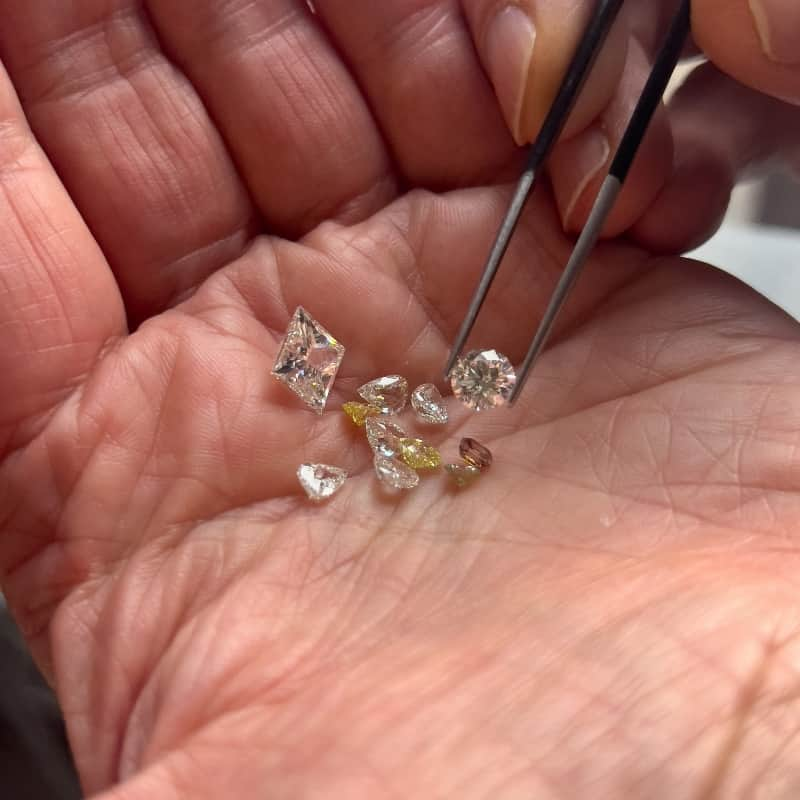Traditional Diamonds
Long considered the most popular choice, ‘Traditional’ white diamonds are not actually white at all, with hues ranging from as colourless as a drop of water to having tints of light yellow, light brown or grey. One of the ‘Four C’s’ talked about in reference to diamonds refers to its Colour, with high value placed upon how close a stone is to being colourless - the most rare. Our white diamonds are sourced by our long-term and trusted supplier, Clark Diamonds, a UK based company whose stones of course, all comply with the Kimberley Process.
If you are concerned about the origins of your diamonds, we have plenty of options where we can trace with 100% certainty.
Shop Diamond Jewellery
Ocean Diamonds
Ocean Diamonds are a pioneering supplier working with professional divers to source diamonds from the seabeds around Namibia and South Africa. Their diamonds can be traced from diver to final owner - a transparent supply chain which not only creates minimal environmental impact, but also ensures the provenance of their diamonds is ethical and conflict-free.
Contact Our Bespoke Team
Lab Grown - The Diamond Foundry
The subject of lab-grown Diamonds is one of much debate. They provide an option outside conventional mining, which is historically problematic for both social and environmental reasons - but could ultimately remove much-needed income from mining communities.
Alongside this, many ‘Labs’ often have an unknown or undisclosed environmental impact. We choose to offer stones from The Diamond Foundry, the world’s first diamond producer to be certified with a zero carbon footprint. The Diamond Foundry’s production is based in Washington State and powered by the Columbia River using renewable hydroelectric power.
Contact Our Bespoke Team
Antique Diamonds
Antique diamonds will have been mined and shaped by hand at least 100 years ago, meaning that the facets will be bigger and less uniform than those seen in modern stones. Although not as obviously dazzling, the sparkle of old cut diamonds feels deeper and warmer, with the eye drawn into the stone, instead of bouncing the light back out. Antique diamonds also perhaps offer a touch more romance, as they perform so well in low, or candle lit settings.
Contact Our Bespoke Team
Coloured Diamonds
Diamonds naturally come in many colours other than white, and are often referred to as ‘Fancy’. Coloured diamonds have their own grading system, and are valued for the intensity and distribution of their colour. Intense colour can also be achieved using a process of irradiation, but any diamonds used in Alex Monroe jewellery will always be natural in colour.
As part of our offering, we regularly use naturally coloured Champagne and Cognac Diamonds, which are responsibly sourced from the Argyle Mine in Western Australia.
Shop Coloured Diamond Jewellery

